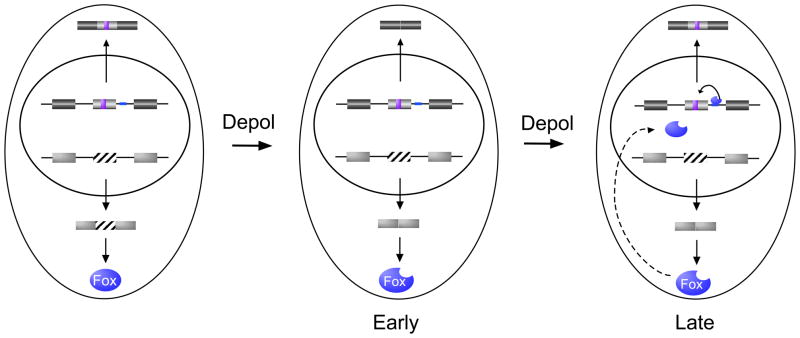Fig. 4. A feedback loop in signal-induced alternative splicing.
CaRREs (purple box) and binding sites for FOX1 (blue line) represent two splicing regulatory elements known to regulate neural-specific genes. Upon neural depolarization (Depol), the CaRRE-responsive exons and exon 19 of FOX1 (striped box) are initially repressed. The skipping of FOX1 exon 19 results in expression of a form of FOX1 that is localized to the nucleus. For exons that are controlled by both CaRRE and FOX1 elements, this increase in nuclear FOX1 counters the activity of the CaRRE, thereby restoring exon inclusion.

